Did the CDC trigger the spread of homeless tent camps? Your questions answered.
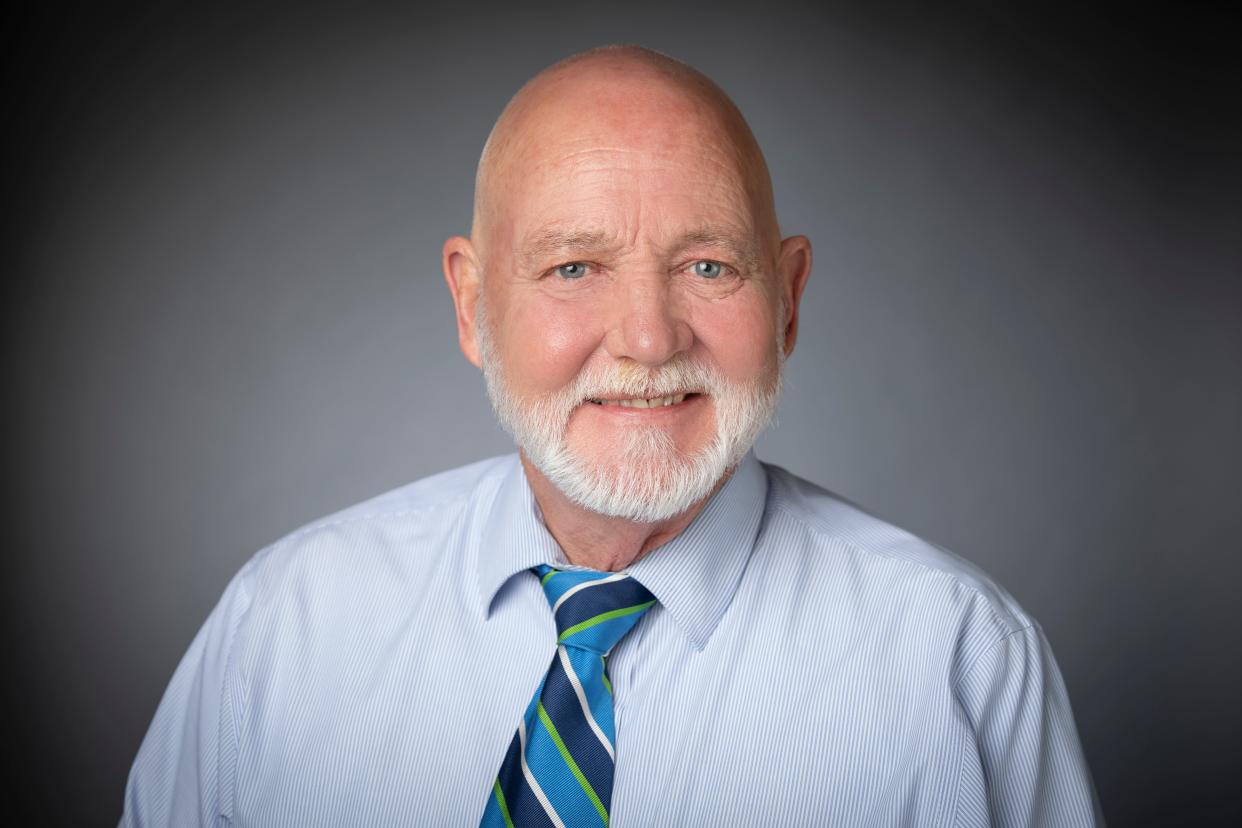
The Oklahoman’s Steve Lackmeyer was joined by Dan Straughan, director of the Homeless Alliance, fielded reader questions Friday during Lackmeyer's weekly OKC Central Live Chat. You can join Steve most Fridays at 10 a.m. to add your comments and questions about downtown development.
To be able to ask questions and interact with Steve or special guests, you must have a digital subscription to The Oklahoman and you must be logged in. Right now, you can get unlimited digital access to all of our content for $1 for the first six months.
Why are the unsheltered more visible if their numbers have gone down?
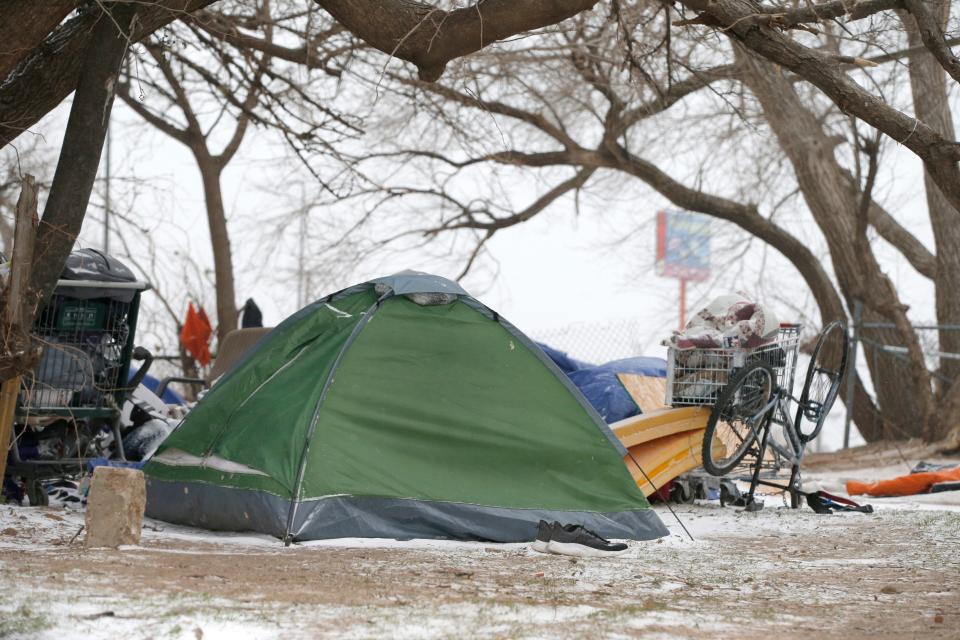
Q: Good morning, Dan: Thank you for your work on the Homeless situation. I have taken exception with Mayor David Holt's assertion that the number of homeless are actually decreasing over the past few years. My eyes (along with everyone else's) tell me otherwise. I am seeing the homeless population in areas of town that I have NEVER seen them before, and I have lived in OKC for over 50 years. The mayor cites your statistics, but I am questioning the data. How do you actually know your data input is not flawed?
Straughan: The data the mayor cites is from the annual point in time count census of the homeless population. Numbers from sheltered people are derived from our online homeless information management system. Numbers of unsheltered are derived from person-to-person survey. We spend months prior to the night of the count determining where unsheltered people are staying and recruit as many as 200 volunteers to go to those places on the morning of the count to survey unsheltered homeless people.
It’s unassailable that we miss some people. But using the same methodology year after year gives us solid trend data on the population.
It is more visible. Part of the reason for that is during the pandemic overnight shelters reduced capacity to enable social distancing. At the same time, the CDC provided guidance to local law enforcement to leave homeless camps alone. As a result, over the past three years, unsheltered people have learned they camp on the side of the road in a completely visible spot and have reduced risk of being moved on. That’s led to much more visible homeless camps these days than you saw prior to 2019.
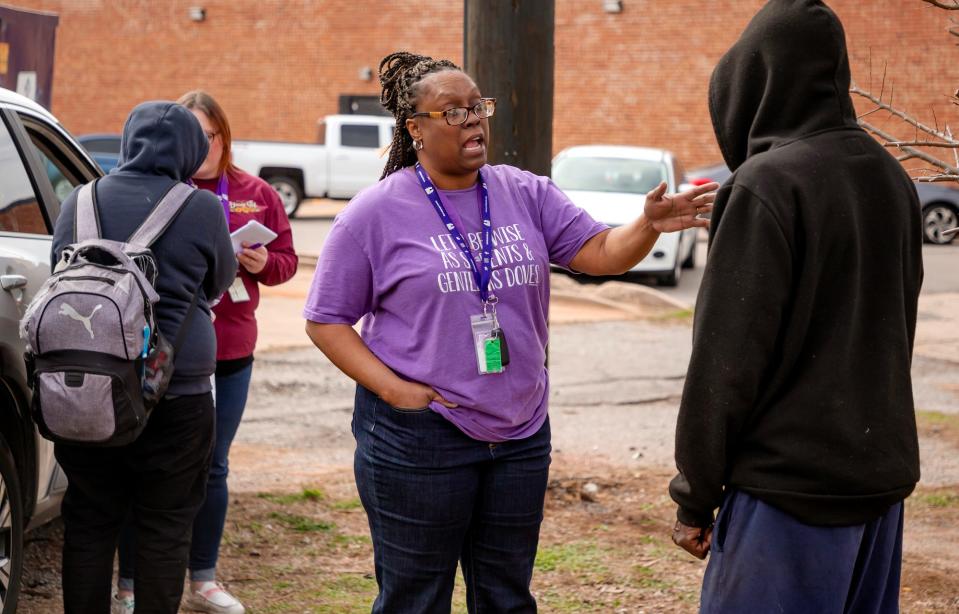
What leads to people ending up without homes?
Q: People are homeless for a variety of reasons. The most common we hear are drug abuse, mental illness, and loss of job and/or housing. With your experience, what would you identify as the 3 most common reasons people are homeless?
Straughan: The absolute main reason people are homeless is the cost of housing vs. their level of income. In Oklahoma City about 40% of our homeless population self-reports serious mental illness, substance use or both. Mental illness and substance abuse do not cause homelessness. We have all known addicts who are housed, people with serious mental illness who are not homeless. Homelessness is always some combination of the unaffordability of housing and some other barrier. Housing is always the main issue.
Lackmeyer: Dan, I can't help but ask about recent comments made by Gov. Kevin Stitt who suggested homelessness is simply an issue of mental health or addiction when he dissolved a long-standing task force that was trying to address homelessness on a statewide basis. What is your reaction to his response to this issue and do you think there is any damage done when a state leader makes this sort of statement?
More: Guest: Stitt turned his back on most vulnerable when he did not renew homelessness council
Straughan: Homelessness is a housing issue. Mental illness, substance abuse, unemployment, access to primary health care, education, can all play a role but the one thing all people experiencing homelessness have in common is the lack of a home. To exclusively focus on peripheral issues like mental illness and employment risk taking attention away from the real problem: housing.
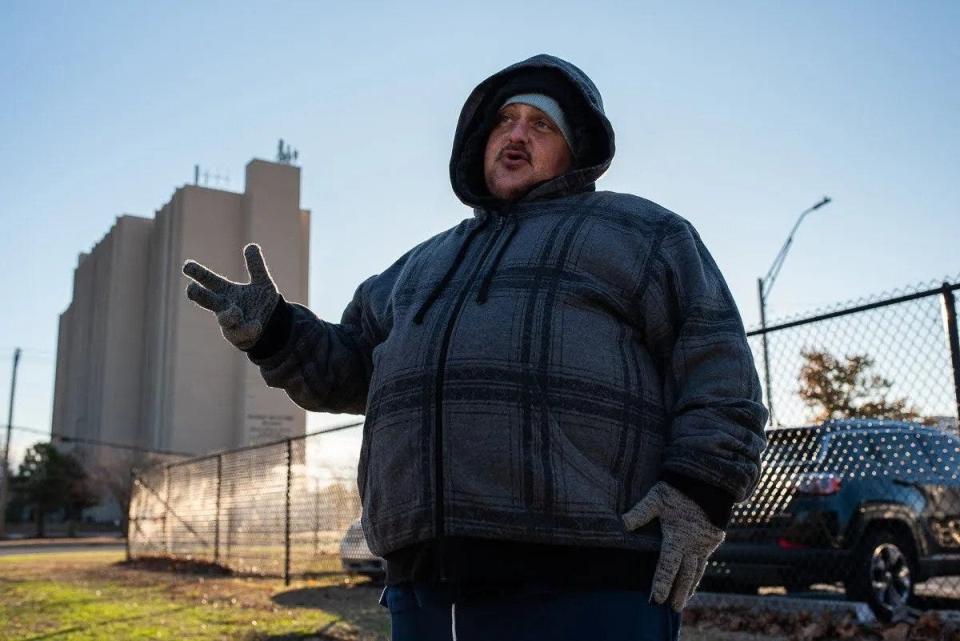
Are homeless shelters bad neighbors?
Q: As someone who lives in the Alliance's area, I understand the hard work they are doing. However, my patience is wearing thin for the upkeep on the actual property. It is filthy and the trash flows into the surrounding neighborhood. I now see there is graffiti on the building. Many other similar efforts don't have the same negative impact on the surrounding neighborhood (the Homeless Center in South Bend, Indiana, for example) - why can't the Alliance keep its property clean and not a detriment to the folks that live and work in the surrounding area?
Straughan: I appreciate and understand your frustration. Homeless Alliance staff and volunteers work to clean the property three times a day and still can’t keep up. The day shelter sees 300 people every day. The resource center adds another 50 to 100 to that total. Maintaining the property in good condition is a constant challenge but a serious goal.
Here is one thing folks can do; they can contact the city and the Mental Health Association to support more resources for a program (A Better Way) that provides those without housing by the day labor picking up trash and while it is done the individual are contacted about addressing mental health needs or other challenges.
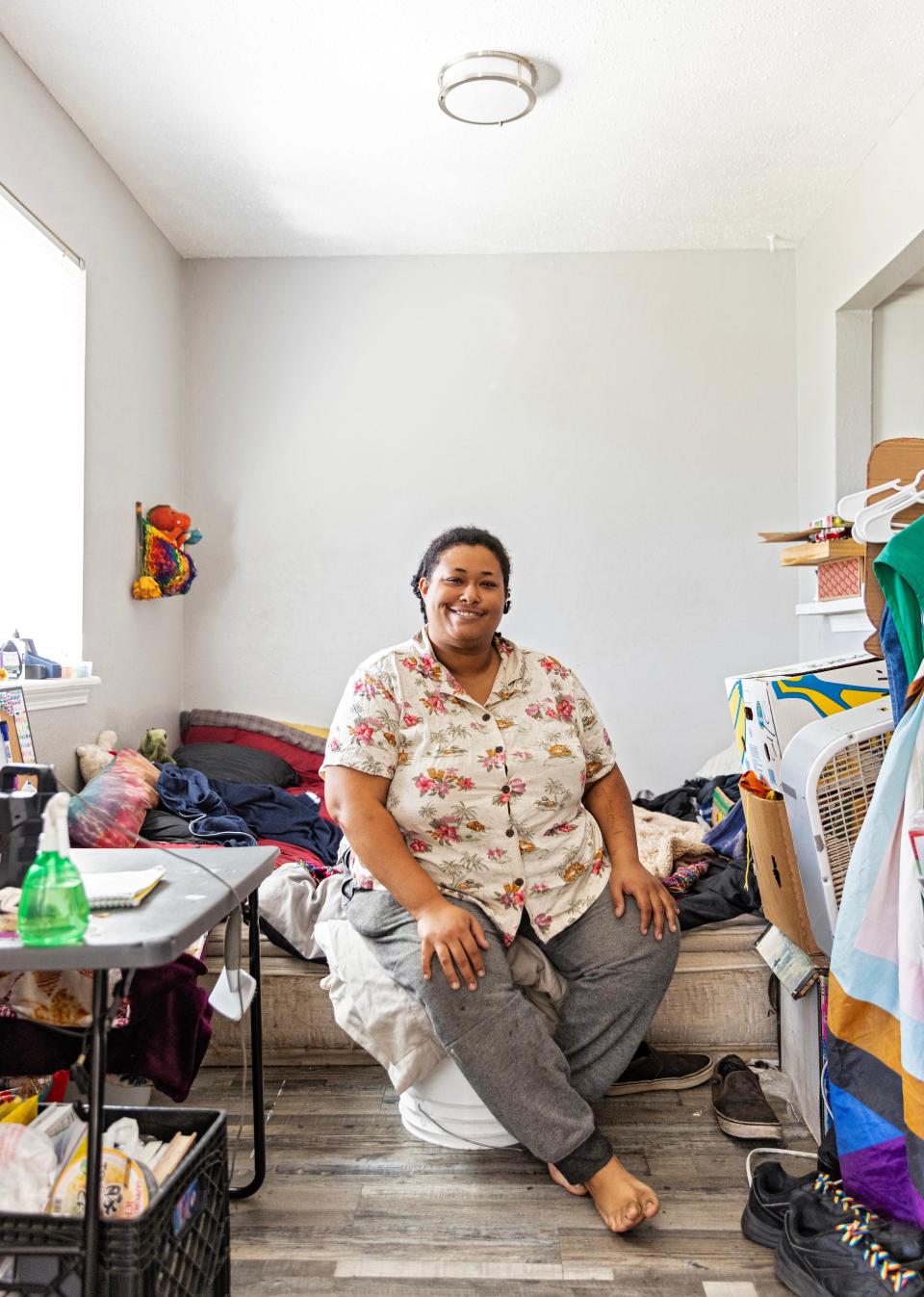
How to make impact, one person at a time
Q: What can the average person do on an individual level to help combat homelessness?
Straughan: Individually, you can financially support agencies working with that population – Salvation Army, City Rescue Mission, City Care, the Homeless Alliance. You can volunteer for any of those agencies. The most important thing an individual can do is to go to their community be it their church home, their alumni association, heck, their bowling league, and say to that community, “let’s agree that no matter what, we will not allow a member of our community to become homeless.” That kind of ounce of prevention is worth the pound of cure that a homeless shelter provides.
Lackmeyer: I've tried to keep my street donations to those who are distributing the Curbside Chronicle because I like the idea of giving money to those getting help and also able to get back on track. The Curbside Chronicle is a great publication, and I usually pay two to three times the price. I also make it a point to strike up a conversation with the vendors, which I think is a greatly unappreciated gift we can give. Too often they are ignored, looked at with shame in a way that dehumanizes them. Talking with them, showing an interest can make their day. And in my experience, they're pretty great people and worth getting to know.
Help instead of complaints
Q: What I hear the most is how bad the homeless situation is in Oklahoma as complaints without any solutions. How do we get the general public to care about homelessness instead of brushing it off, complaining about it and letting other people handle the problem?
Straughan: I started the Homeless Alliance 19 years ago. I think in that time attitudes toward the issue have really changed. Part of that change came from Curbside Chronicle as Steve mentioned earlier. In part it has come from city leadership in the government, business and philanthropic sectors. Clearly, we have a ways to go. But from my perspective, we’re headed in the right direction. Perfect example; last week the city council approved the creation of a new winter contingency shelter for the homeless and a 38-unit very low-income housing complex. And there were no protesters. No protesters! I don’t know that I’ve ever seen that happen. And I think it’s a testament to a change in attitudes toward the issue.
Urban core revival impacted homeless population
Q: Do you think the problem with homelessness has been that the areas that they would stay at were largely untouched and now development is happening around them so the homeless are more visible? I feel like ten years ago, I didn't see it as much, but maybe I didn't drive those areas as much either.
Straughan: I think that’s accurate. Having worked in or near downtown Oklahoma City since 1987, I remember a time when that area was just dead. A person experiencing homelessness could be in that area and no housed citizen would encounter them. That’s just not the case anymore. There is so much activity downtown that a population that once could exist in that area has been pushed west and south.
Lackmeyer: I started at The Oklahoman in 1990 when it was still downtown at its original location. I remember when homeless services were pretty limited with, as I recall, the only shelters being the Jesus House on Sheridan Avenue, City Rescue Mission on Robinson Avenue, the Salvation Army on SW 5 and Grace Rescue Mission in the Stockyards.
In the early 1990s The Rest opened on California Avenue in an old school that is now home to the City Rescue Mission.
But consider this - the original City Rescue Mission building was torn down to make way for Scissortail Park. Ditto for the Salvation Army. And these two shelters were surrounded by early 1900s shotgun homes. These houses were not the sort of thing we'd wish on anybody, but they were housing for those who needed it most.
We also had what I admit were referred to as "flop houses." Those flop houses over time caught fire, were torn down, or in more recent years converted into market apartments when they were in historic structures. We also saw old emtpy warehouses where the homeless took shelter torn down as well. And as Dan just reminded me, the original downtown YMCA, destroyed by the bombing, offered rooms at $5 a night.
Are those "couch surfing" counted among the homeless?
Q: A lot of people see people sitting on the sidewalk, sleeping in tents, etc and talk about our homeless situation, but from what I have heard, it starts earlier than that. My understanding is that it is not just housing that could fix the problem, there are other examples like people who don't have a home who are sleeping on couches at friends houses. Do you prioritize one over the other or are there multiple ways of fixing this at different levels?
Straughan: It’s complicated. Federal funds for housing the homeless are generally restricted to people living in a homeless shelter or in someplace not meant for human habitation like a car or tent. What you’re asking about is what we call couch homeless, a person who has lost their own housing and is staying with a friend or acquaintance without benefit of a lease. Often funds are restricted to one population or the other. That’s not the service providers making those distinctions, it’s the funders. Depending on the agency they may focus on one or the other population. The Homeless Alliance largely focuses on literally homeless individuals and families.
What cities offer the best example of how to address homelessness?
Q: When it comes to fixing the homeless problem in OKC, what cities have you seen the best examples of what we can mirror to get the best results? I know Houston was the main city that was looked at, but what about others?
Straughan: Different cities have come up with different solutions to their unique issues. Columbus, Ohio is a good model for Oklahoma City in that it’s a state capital with a lot of government employees and similar population size. Columbus has a solution that has been to concentrate federal and philanthropic financial support to address emerging issues with some success. It’s pretty clear from other cities our size around the country that our main issue in Oklahoma City is the cost of housing vs. the level of poverty. Neither of those issues are quick fixes.
More: 'We're really nervous': Evictions in Oklahoma City are rising as rent help is running out
Lackmeyer: The Oklahoman has written extensively about the issues involving affordable housing. For too long the city promoted itself as having some of the most affordable housing, but as I've delved into this over the years, that isn't quite the full picture when it comes to housing for those who are very limited in terms of money and family support. We also are seeing a change in the market with the influx of outside real estate speculators that is concerning.
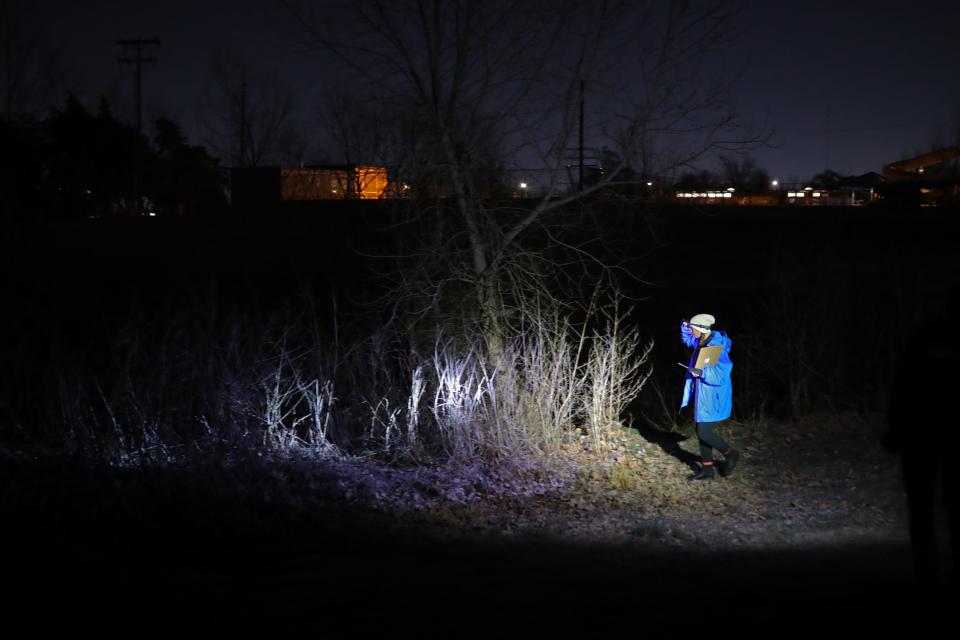
What can be done when some people who choose to live on the street?
Q: I am a full-time DoorDash driver, and I base myself at the shopping center at Northwest Expressway and Independence. I've based there for five years now. I've seen the same individuals camped behind the buildings for most of these five years. People tell them to hop on EMBARK Bus 007 and see your organization for help. But they're still out here. It's as if they're choosing to live unsheltered. I'm both concerned and frustrated. What can be done for these men and women?
Straughan: I understand your frustration. People can’t be forced into treatment. That includes housing. The most we can do is provide them with choices that they feel able to make. That’s the premise of housing first, it’s housing without preconditions but not housing without conditions. We have programs and resources in Oklahoma City that can provide housing and case management services to the people you are talking about. But we can’t force those services on them. It can be very frustrating to the general population and to the staff of organizations like mine. Sometimes we see that the first 20 times you offer the help you have, the response is “no.” On that 21st time they are ready. That’s all we can do, to continue to make those offers.
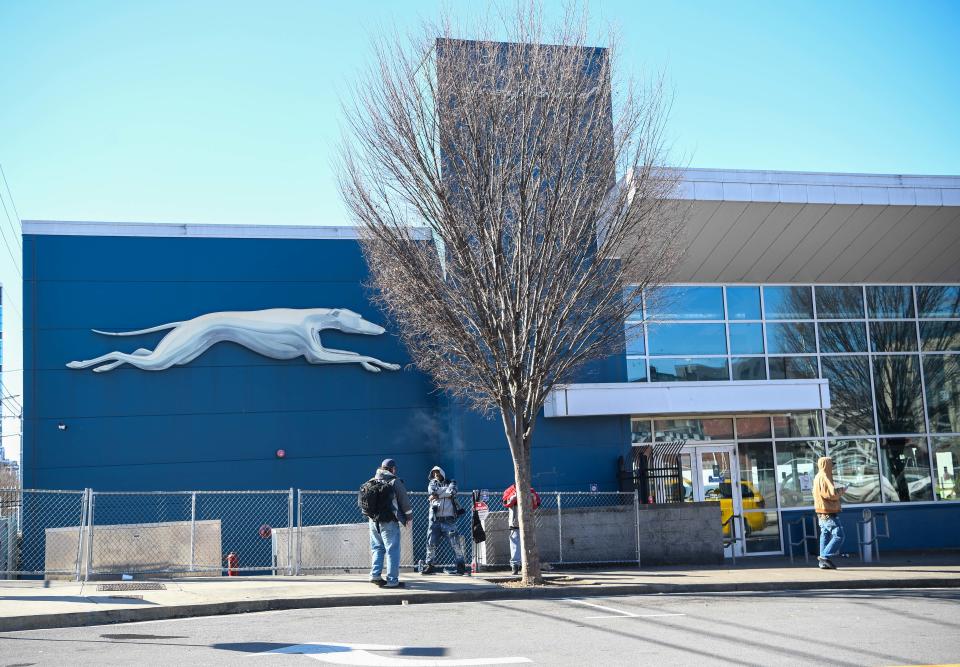
Cities sending homeless to other cities is an old tale told across the country
Q Dan: Fact or myth? Do you encounter homeless population within Oklahoma City that are here because other cities have given them cash and a one-way bus ticket out of their city to reduce their local homelessness? I have heard that was the case, but didn't know if that was actually true.
Straughan: No. As part of our annual surveys, we ask people experiencing homelessness what was the zip code they lived in prior to becoming homeless. Consistently over the past decade, about 75% name a zip code in Oklahoma City. Twenty percent name a zip code in Oklahoma but not Oklahoma City. About 5% list an out of state zip code. When you drill down on the out of state zip codes and ask why they are in Oklahoma City, it’s the same reason you would expect to hear from a housed person. They came for a job, or to be near family.
Lackmeyer: Dan, a quick follow-up. We have heard this story persist for years, maybe decades. We even had a mayoral candidate swear by it. Why do you think this rumor stays alive?
Straughan: As I talk to my peers around the country, literally every city has that same rumor. Just this past Wednesday, a citizen of Enid asked me if Oklahoma City was sending our homeless population there. The rumor in Tulsa is that they’re coming from Oklahoma City. The rumor in Dallas is they come from Houston. The rumor in Oklahoma City is that they come from California. I think the reason this persists across the country is that it allows people to other the homeless population and absolve themselves of responsibility for caring for our neighbors.
Can the city place trash cans or dumpsters by tent camps to combat trash problems?
Q: The trash that accumulates in homeless camps (such as along Oklahoma City Blvd.) is frustrating for neighboring homes and businesses. I realize the homeless population don't have a city water/sewer accounts, but have you talked to the City about providing the Big-Blue dumpsters to those recurring homeless areas and have those dumpsters emptied regularly by City sanitation workers on their routes?
Straughan: Yes. Those are ongoing conversations. Some of the reservations I have heard from city staff include it being a slippery slope of enabling individuals to remain unhoused.
This article originally appeared on Oklahoman: OKC homelessness fueled by lack of affordable housing

